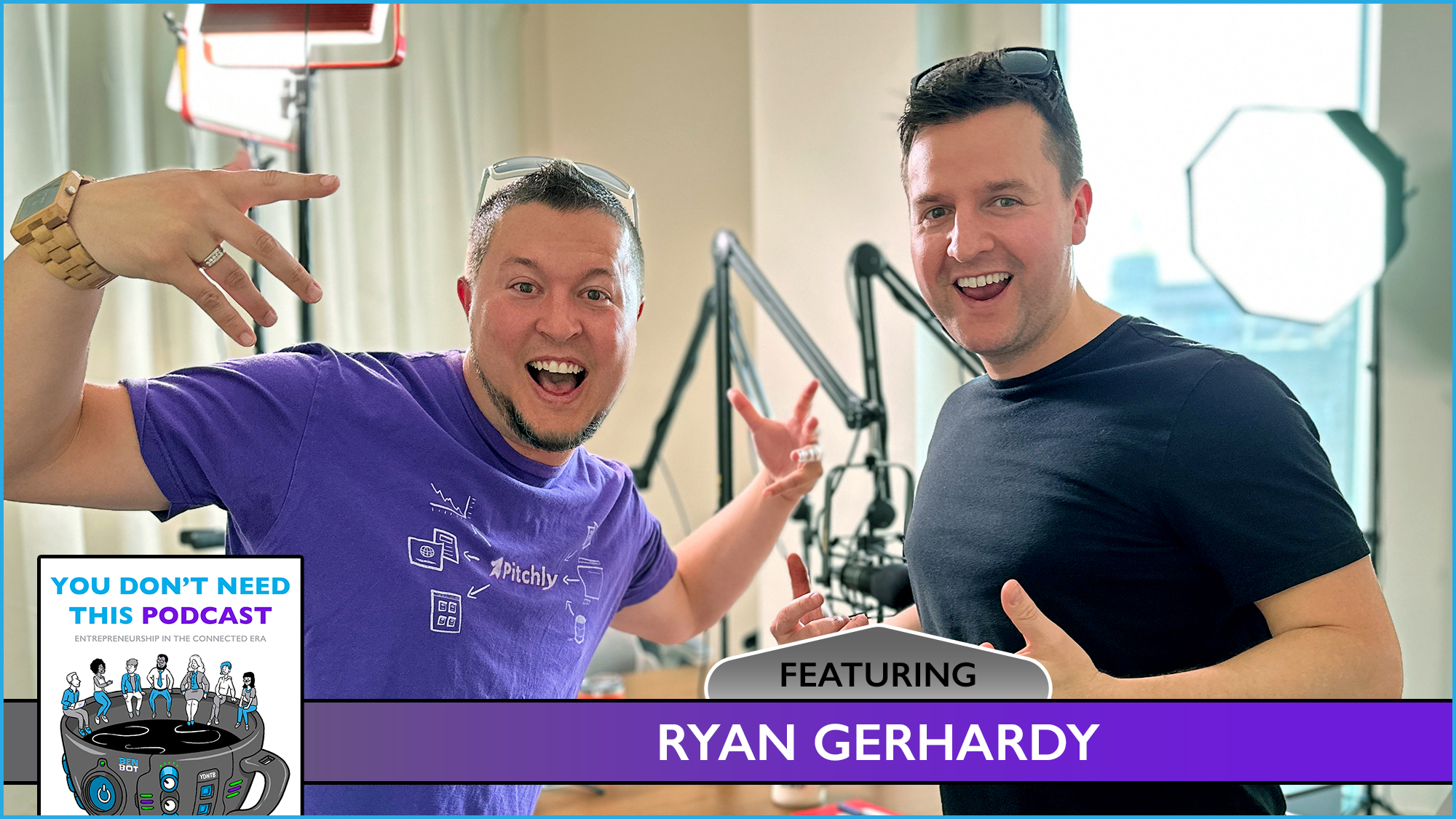I was catching a quick nap on a recent flight.
All the sudden, our flight attendant broke the peaceful silence. Not to share a friendly update for passengers, but to rattle off a forced sales pitch for their branded credit card. Ouch.
Extra Shot
Attention is hard to earn.
If you have it, don’t waste it.
Now, let’s imagine an alternate scenario. Instead of an unwanted interruption followed by an impersonal script that makes most think less of the brand treating us like prisoners instead of customers, what if the same offer felt more like a gift? Like a special surprise? Something that makes you feel appreciated!
For example, how would you feel if you were told that you were selected to receive a free adult beverage or tasty snack, paired with the exact same credit card application?
Whether you decided to apply or not, the complementary surprise was just to say thanks for being a valued customer! This personalized presentation would naturally snag the attention of nearby passengers. As word of mouth amplifies interest, similar offers could be made for those willing to complete a credit card application.
That’s just a thought exercise, but we’ve all sat in situations where we were part of a captive audience. Whether by choice or not, there’s a fine line and a big difference between an experience that adds or detracts from an experience after the sale.
How do you treat your existing customers? Do they only get attention when there’s issues or you have more to sell? Perhaps there’s untapped creativity that could inspire more lasting joy by letting go?
To spark fresh creativity, consider a quest to delight customers in unexpected ways. Giveaways (without obligation) are an easy way to see how existing customers may react. Impromptu phone calls, handwritten notes, and basically any gesture that shows you care, will naturally retains better customers as well.
As this thoughtfulness is felt within your customer’s experience, more true fans will stick with your team because they care as much as you do. This translates into customer retention, because true fans take pride in staying connected. They have more patience when issues arise and get excited to share your charming work with others.
Extra Shot
“Once you wow an audience, the same trick may not work anymore.” -Seth Godin, Free Prize Inside

